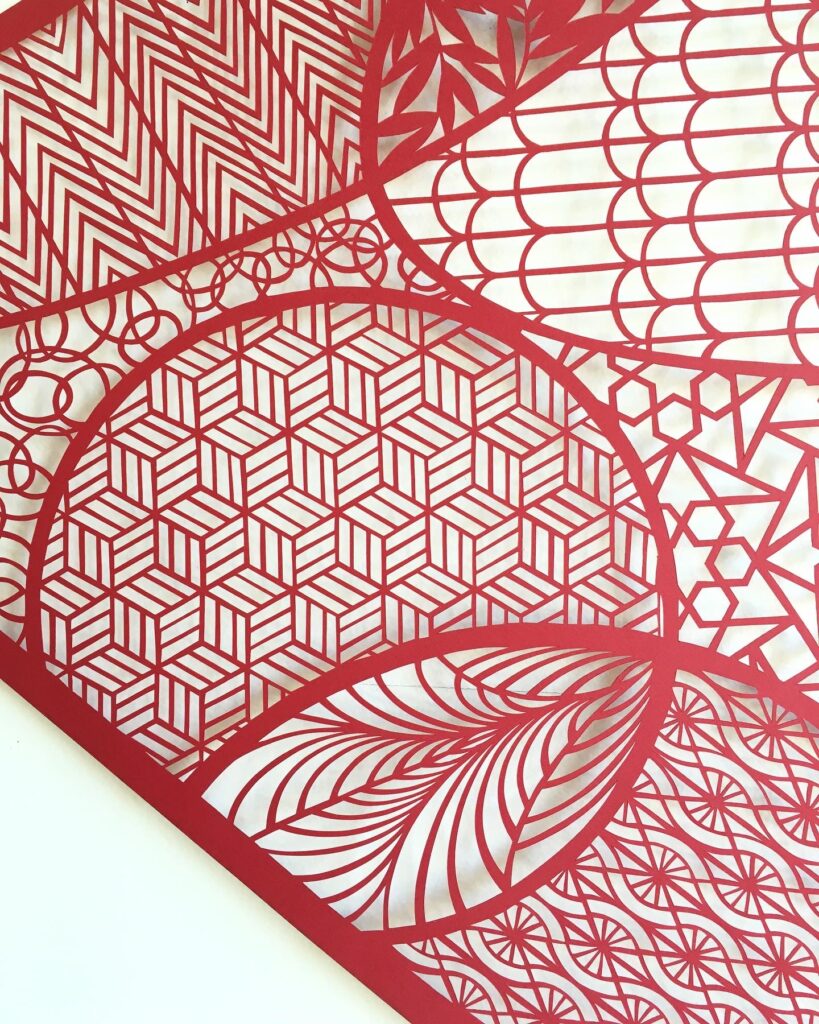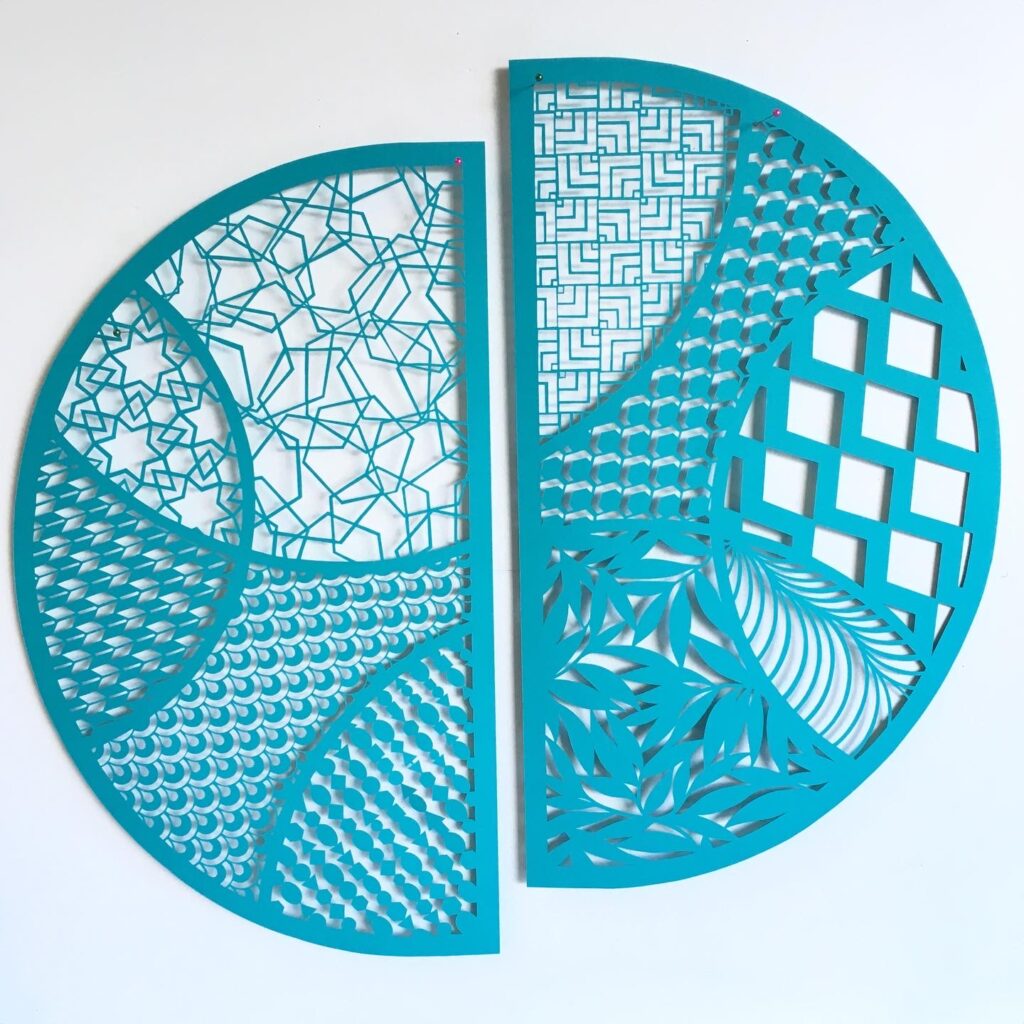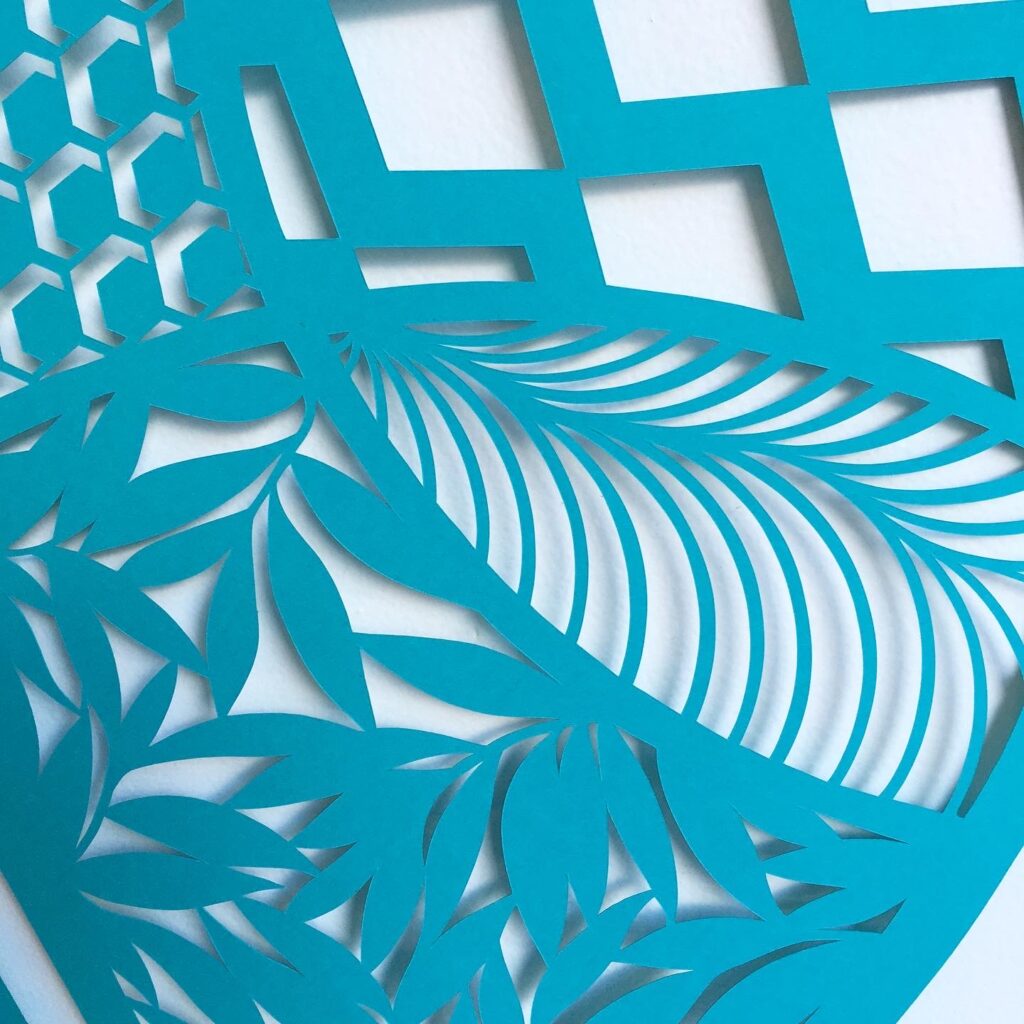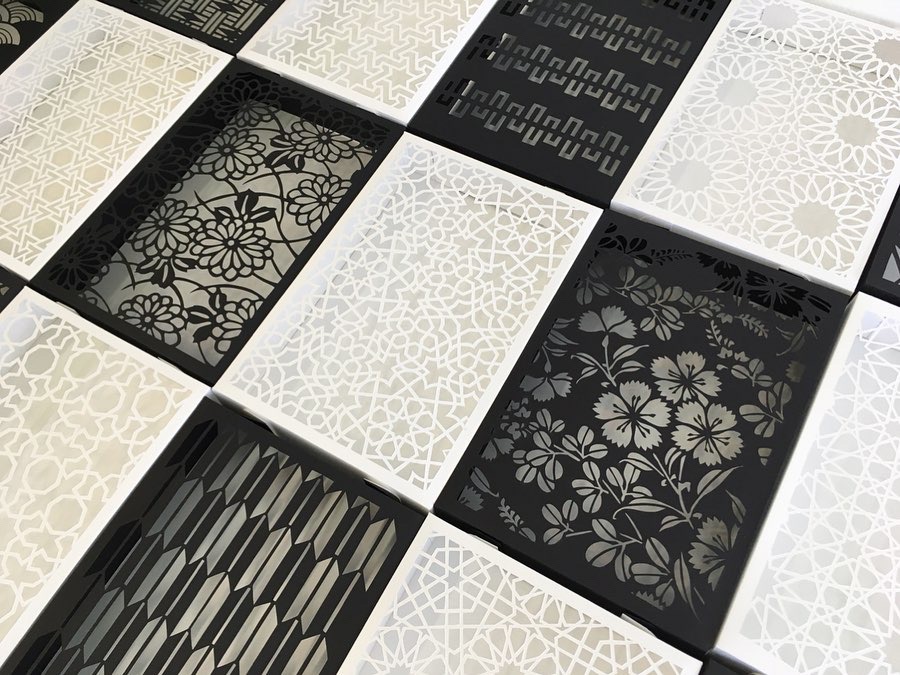In an unexpected turn of events, I decided to make more Christmas crafts yesterday. Normally I steer clear of seasonal making but this year I have lots of spare time because of covid isolation, and I want our home to be more festive than usual.
I came across a tutorial on IG for making these folded paper stars, and decided I had to make some myself. I see these everywhere as a decoration you can purchase, but they’re actually very simple to make. I used wrapping paper for mine, which is a tiny bit on the light side but it works.
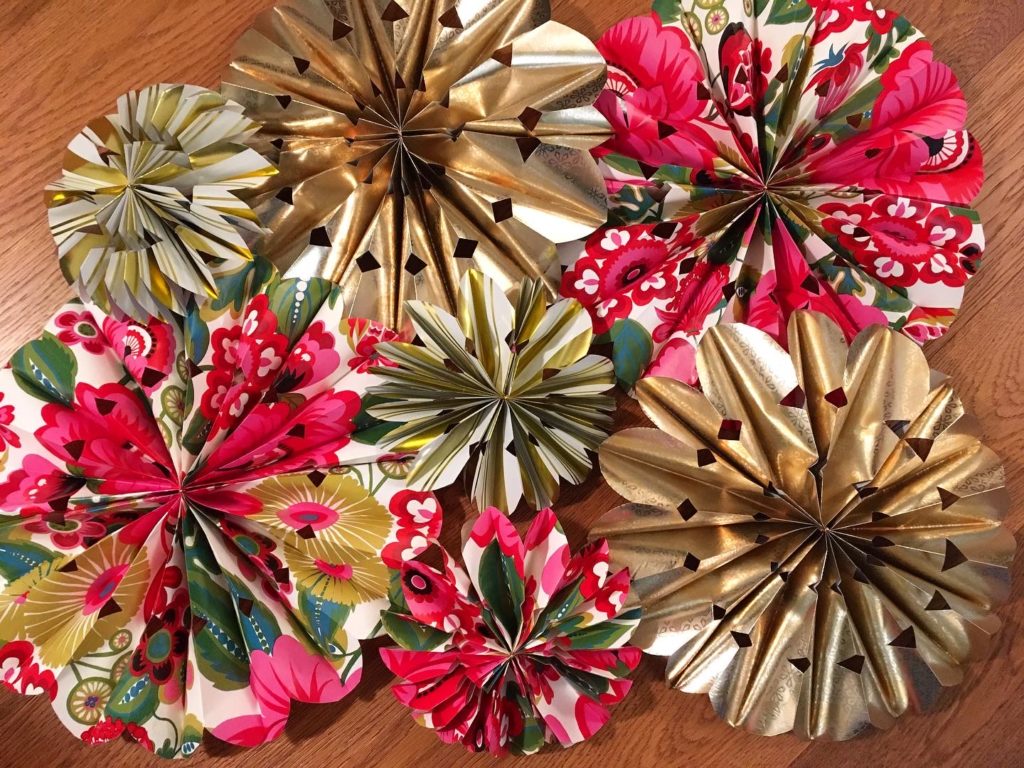
I had a bit of paper on hand to use but decided to pick up a few rolls of wrapping paper at the local “stuff store” (one of those dollar stores that’s not a dollar store). I found the bright pink floral paper and a striped metallic that works well.
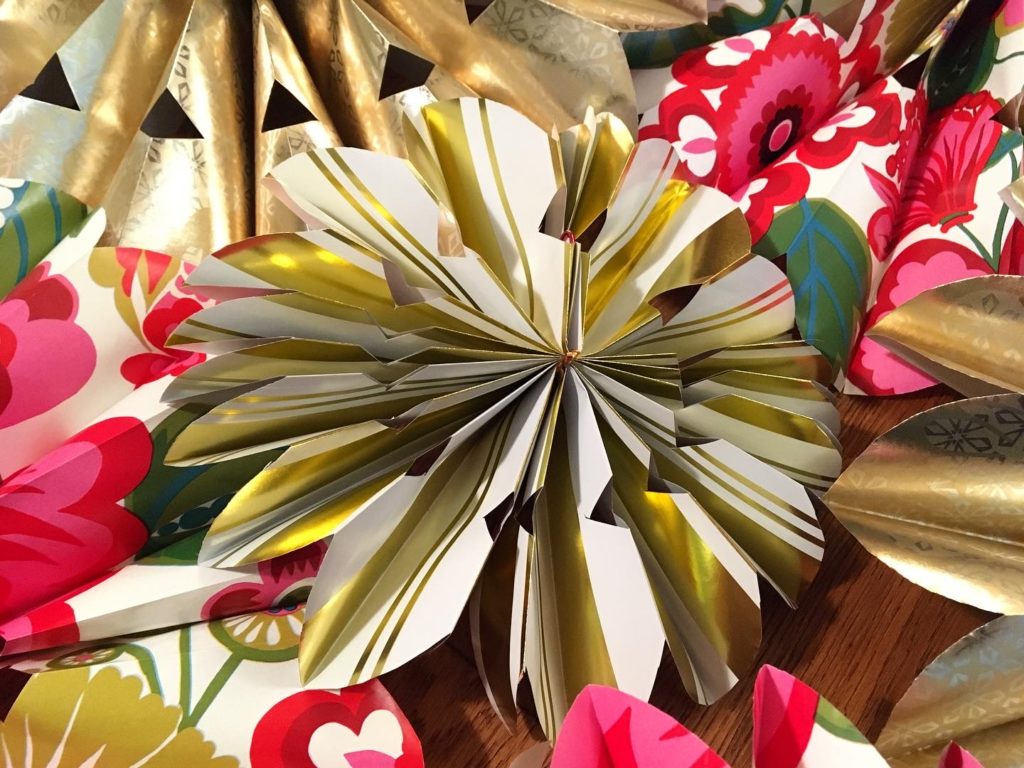

I cut the paper into a few different sizes to make a mix of large and small paper stars. I really enjoyed making these, and kind of want to keep making more to give away to people.


If you’re interested in making these yourself, you can find the tutorial by Linda Lomelino over on her Instagram account .









